Zero DSR/X
Zero DSR/X Review (Baujahr 2022)
What can the first adventure electric motorcycle from California do?
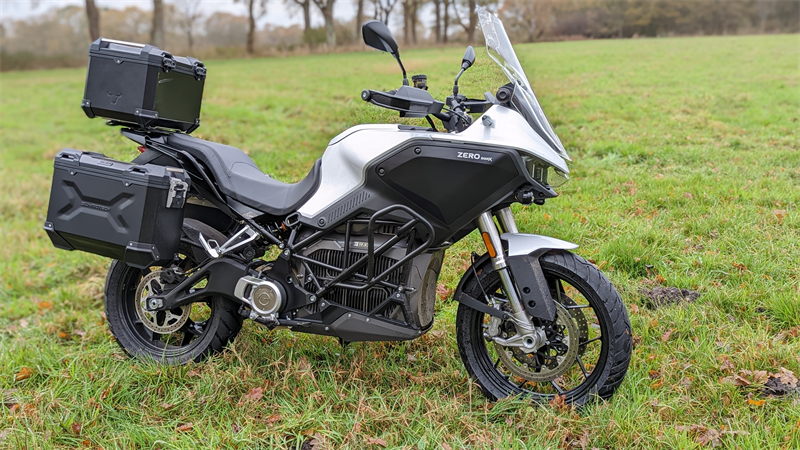 Photos: Motorradtest.de
Photos: Motorradtest.deZero's first electric travel enduro is called DSR/X. It costs 26,550 euros and takes over many things of the Zero SR/F and SR/S already tested by us. Volker and Dietmar explored what the DSR/X can do - and what it can't - during an extensive test drive.
This is how it stands
So there it is, the all-new DSR/X from Zero. In addition to many other Zero e-motorcycles at Tecius & Reimers, which have a large stock of Zeros - and many of them can be tested as demonstrators for you. So if you are interested in zero bikes beyond the DSR/X tested here, you can get advice there and take a spin. This is especially exciting for people who live in the city and have an A1 or A2 certificate.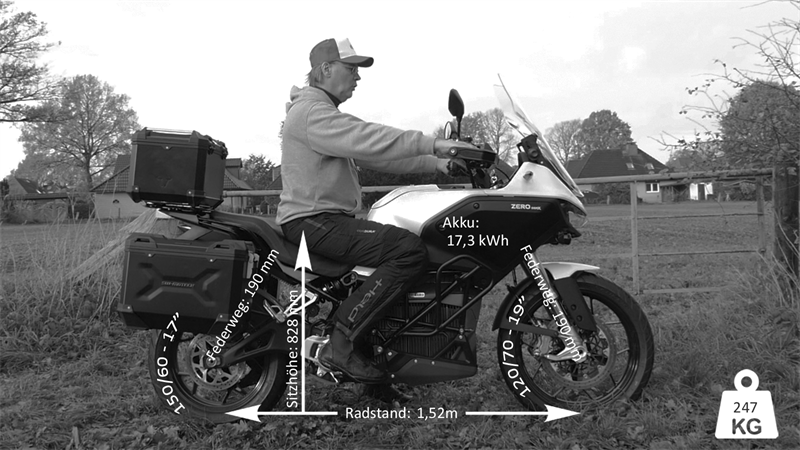 How to sit on the Zero DSR/X - upright and with plenty of space for driver and front passenger
How to sit on the Zero DSR/X - upright and with plenty of space for driver and front passenger
360 degree tour around the Zero DSR/X
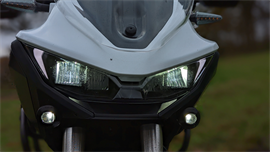
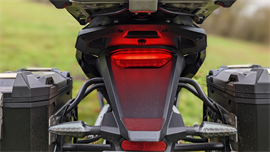

Technology of the Zero DSR/X
The Zero DSR/X already has pretty much all the technical assistance systems you can think of in series production: cruise control, 5+1 driving modes, cornering ABS, lean-dependent traction control, etc. - everything included. Particularly noteworthy is the Bosch MSC, which not only takes care of lean angle control, but also regulates the engine drag torque.
Tony Szczotka, head of Two-Wheeler & Powersports Bosch, explains: "The MSC system for the Zero SR/F has been specially adapted to the requirements of electric motorcycles. The main difference is the faster response of the integrated traction control, due to the more direct torque transmission on electric motorcycles."
So, technically full hut at the Zero DSR/X. In addition, there is a large TFT color display with smartphone connection incl. navigation and, of course, full LED equipment for the front and rear lights.
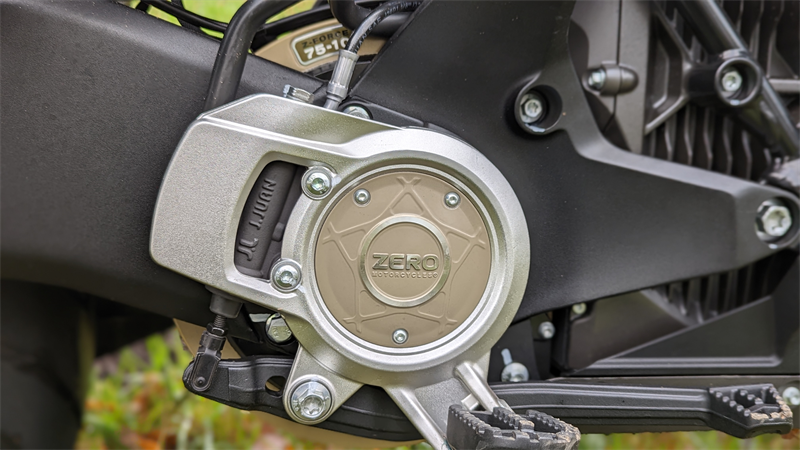
This is how it drives itself
If you have never ridden an electric motorcycle before, you will probably be surprised how quickly you get used to this completely different riding experience. The non-existent sound is one issue, the other issue is the lack of things like clutch, transmission, exhaust, oil, chain etc. remarkable. You simply turn the throttle and it's shift-free and noise-free. It's hard to describe, but it really feels very different than with a combustion engine - not better or worse, but definitely different!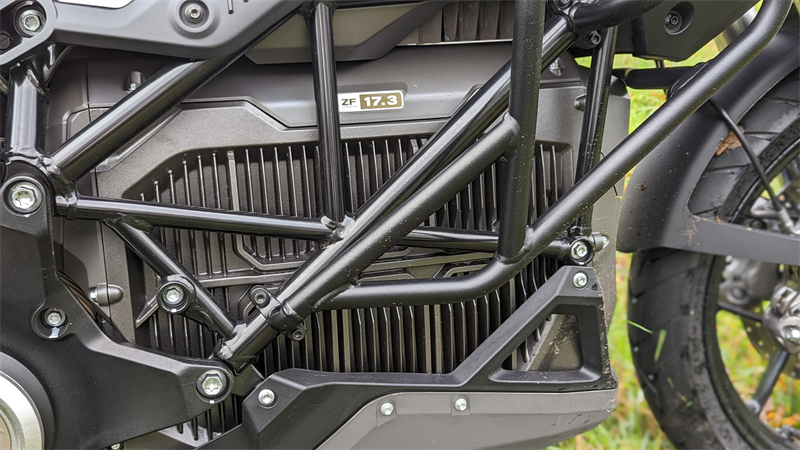
Battery: Charging time and range
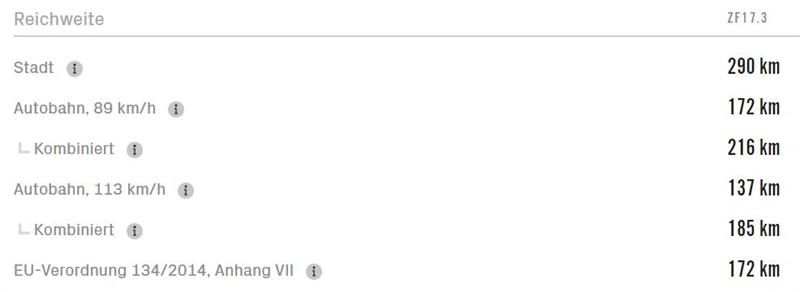
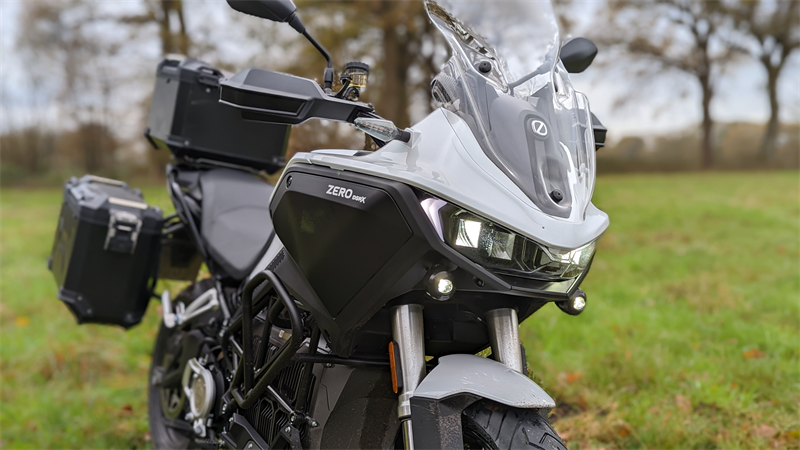
Conclusion - what sticks
Clearly: The Zero DSR/X offers a lot of driving pleasure! It is a good bike with good components and full performance. Unfortunately, not much has changed in terms of range and charging power compared to the previous Zeros - and so the question remains, especially with an adventure bike, for whom such a machine is suitable or for what. Nevertheless, electric motorcycles already have a special appeal, even if many bikers have nothing to do with it (yet). To be able to glide silently through the area and leave every Porsche at home - and without emissions - that's something.The test bike was kindly provided by Tecius & Reimers for this test. There you will find a lot of Zeros to try out. Dare to do so, this will really put you in a good mood! And for city dwellers who need a two-wheeler especially for the way to work and perhaps have a B.196 certificate, the small Zeros are ideal! Let Joachim advise you, he knows...
Price/availability/colours/years of construction
- Price: 26.550€
- Availability: from 11/2022
- Colours: green, white












Further tests
Zero SR/S
Review
Zero SR/F
Review
Review Honda CRF 1100 L Africa Twin Adventure Sports '24
Review
KTM 1090 Adventure
Review
Honda XL 700 V Transalp
Review